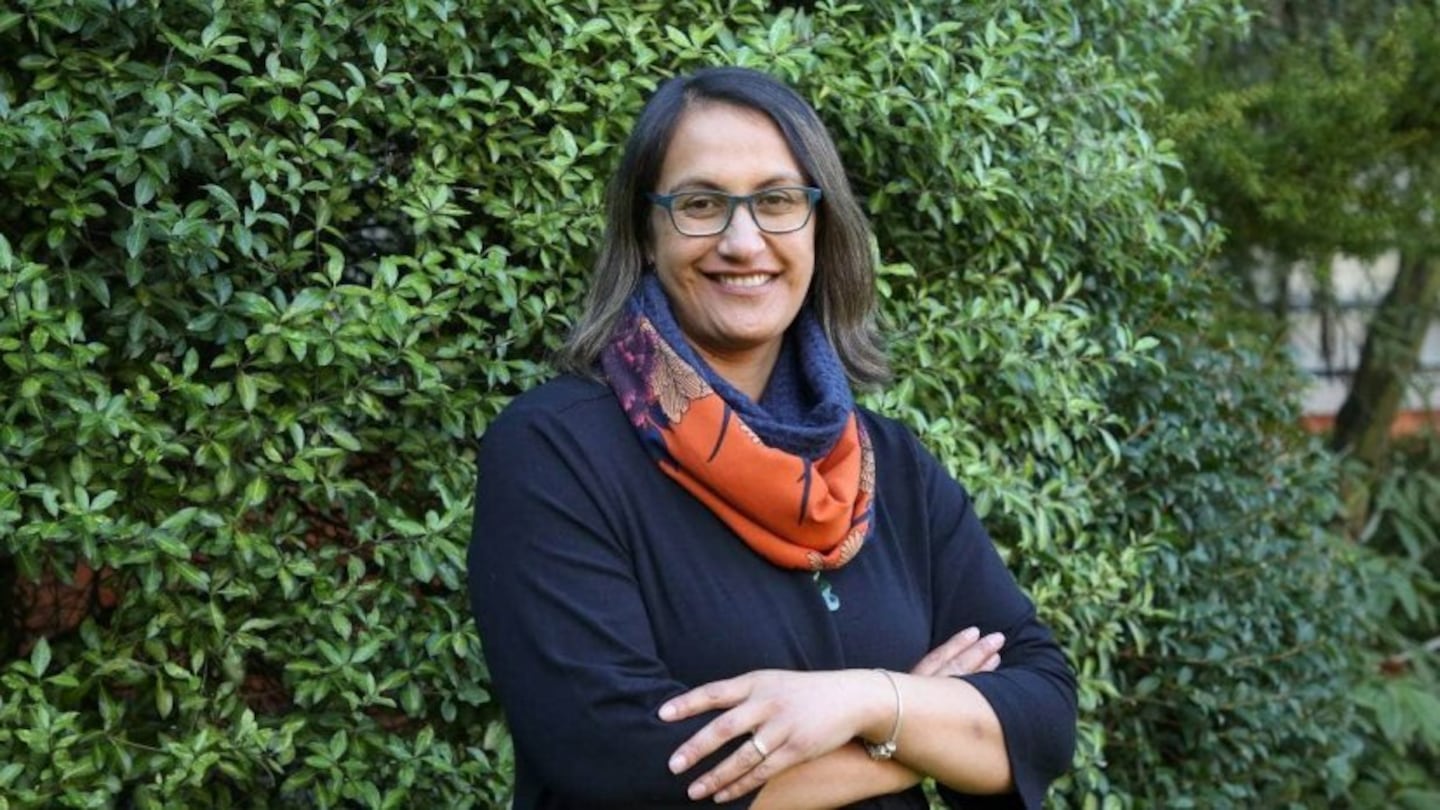Ariana Estoras, AgResearch director Māori research and partnerships. Photo/ Supplied
Ariana Estoras is AgResearch’s director Māori research and partnerships.
OPINION: Tūpuna Māori (ancestors of Māori) arrived on these lands voyaging from Polynesia between 1200 and 1300AD, and with them arrived the first science of these lands. This equates to around 28 generations between then and now, and many millions of ancestors across those 28 generations.
Oral-based knowledge systems are predominant among indigenous nations and Māori are no exception. Oral narratives are passed within a generation and onto the next generations for many reasons including (but not exclusively) to teach skills, transmit cultural values, record family and community histories, and explain the natural world.
It then follows that if this knowledge – built up over generations and connected to these lands, water and environment – is available to use, why wouldn’t you consider what is available to us? What possibilities does that knowledge hold given the significant challenges we experience such as severe weather events, flooding, drought and climate change impacts. All challenges that science alone is unable to solve.
We should never be afraid of more knowledge. So, it is a little puzzling – and somewhat frustrating – to see the term mātauranga Māori (literally Māori knowledge) continue to be a source of such controversy in recent times.
It has generated heated public discussion, open letters by academics, and even whipped up fears of childhood indoctrination – which I would argue is entirely unfounded and may stem simply from a lack of understanding of what mātauranga Māori is, and what it can offer.
The debate has even risen to the level of international news after celebrated science educator and writer Richard Dawkins recently weighed in on mātauranga Māori being a part of the school science curriculum in Aotearoa.
Dawkins, speaking about a visit to Aotearoa for his speaking tour, stated in The Spectator: “Mātauranga Māori includes valuable tips on edible fungi, star navigation and species conservation (pity the moas were all eaten). Unfortunately, it is deeply invested in vitalism. New Zealand children will be taught the true wonder of DNA, while being simultaneously confused by the doctrine that all life throbs with a vital force conferred by the Earth Mother and the Sky Father. Origin myths are haunting and poetic, but they belong elsewhere in the curriculum”.
Before laying out a counter-argument to the views of those like Dawkins, I should say that I come from a pro-mātauranga point of view. I lead a Māori research and partnerships group at the Crown Research Institute, AgResearch, where we have a stated goal of mātauranga Māori being on equal footing with western science.
I’m proud to be part of a science organisation that supports Te Ao Māori and is committed to working with our Te Tiriti o Waitangi partners. We do this through Te Ara Tika – our way of being that brings a unique Māori approach to our science and knowledge and a big focus is elevating the knowledge passed down by generations through mātauranga Māori to sit alongside our traditional Western approach to agricultural science.
Which leads me to the question of why mātauranga Māori should matter to our school children, or farmers, or to science organisations like the one I work for; and back to the earlier point: More knowledge is a good thing. We should always be open to new (or previously overlooked) ideas and solutions to the biggest challenges we face.
In my world at AgResearch, that is around challenges such as the environmental impacts of livestock farming, and how we can reduce them without damaging the productive economy that supports our people.
Whilst I would not envisage Dawkins publishing research that draws on the interventions of Ranginui (sky father) and Papatūānuku (earth mother), it may be that what our Māori ancestors learned about our whenua over the centuries could provide important insights for how we act in the future.
An example of this is where we are partnering with holders of mātauranga associated with Maramataka - the traditional Māori way by which time was marked, by the phases of the moon in a lunar month.
For many hundreds of years Māori have managed their relationship with whenua and one of the ways they did that was by understanding when food sources produced from the land would be plentiful or scarce by using the maramataka to guide planting, harvesting, storage and distribution.
We have a research project on farm system design and management that has an equally weighted goal to improve both productivity in the farm system whilst enhancing cultural practices (via the maramataka) to improve what’s being produced on the farm. This includes the pasture, crops and animals, as well as the natural resources associated with the farm such as air, soil, land and water; and therefore the benefits that flow onto the farmer, the whanau, the community, the catchment etc.
This means a far more holistic approach to land management that brings together both mātauranga Māori via the maramataka, and western-based agriscience via the application of agronomy and ecosystems services.
My message to people who still have doubts or may view this as a threat to science is to take some time to understand what mātauranga Māori is and is not. Talk to someone who is immersed in the research, is a practitioner with lived experience or has seen it in action.
It could be that the knowledge opens up a whole new world of possibilities for you.


